Optimal Timing for Stucco Service
Understanding the best time to perform stucco service is essential for ensuring durability and a high-quality finish. Proper timing can prevent issues such as cracking, efflorescence, and moisture intrusion, which are common with improper application or maintenance schedules.
The ideal seasons for stucco service are spring and early summer when temperatures are moderate and humidity levels are manageable. These conditions promote proper curing and adhesion.
Applying stucco during periods of extreme heat or cold can compromise the curing process, leading to cracks or poor adhesion. Temperatures below 40°F or above 85°F are generally unsuitable.
Rainy or humid days should be avoided during application to prevent moisture-related issues. Dry, mild days are preferred for optimal results.
Regular inspections and maintenance are best scheduled in the spring to address any damage from winter conditions or to prepare for the warmer months.

Ways to make Stucco Service work in tight or awkward layouts.

Popular materials for Stucco Service and why they hold up over time.
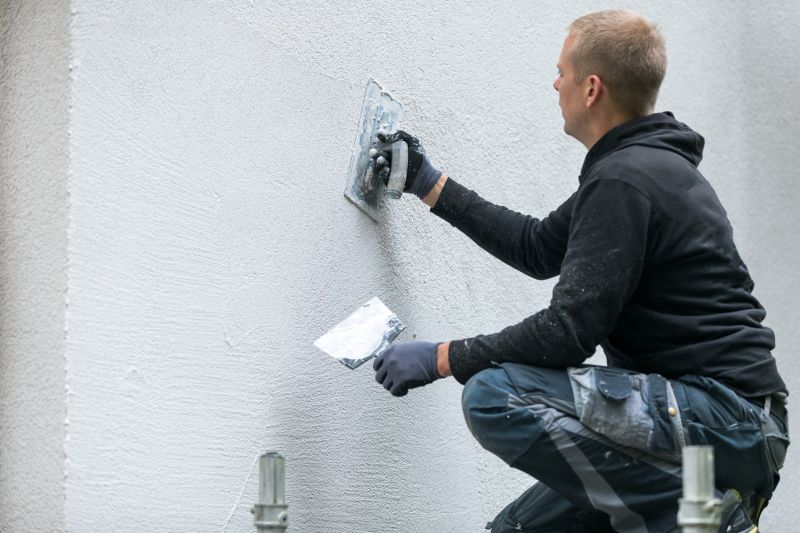
Simple add-ons that improve Stucco Service without blowing the budget.

High-end options that actually feel worth it for Stucco Service.

Finishes and colors that play nicely with Stucco Service.
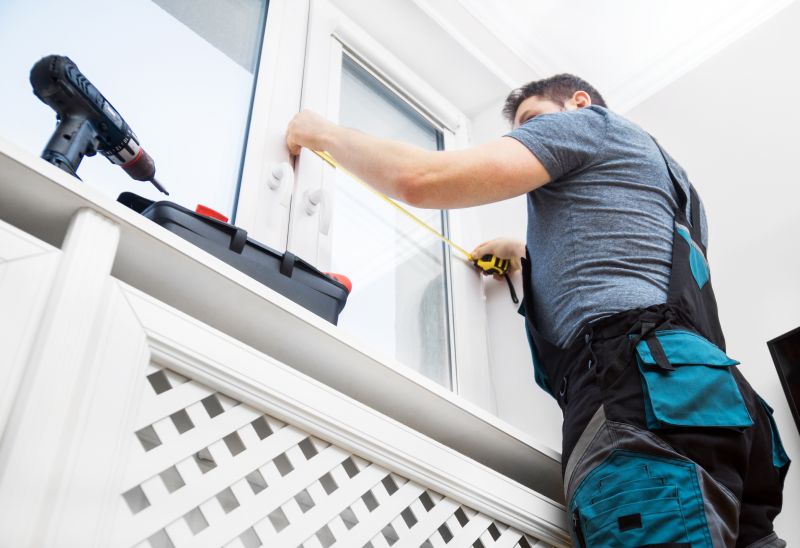
Little measurements that prevent headaches on Stucco Service day.

A 60-second routine that keeps Stucco Service looking new.
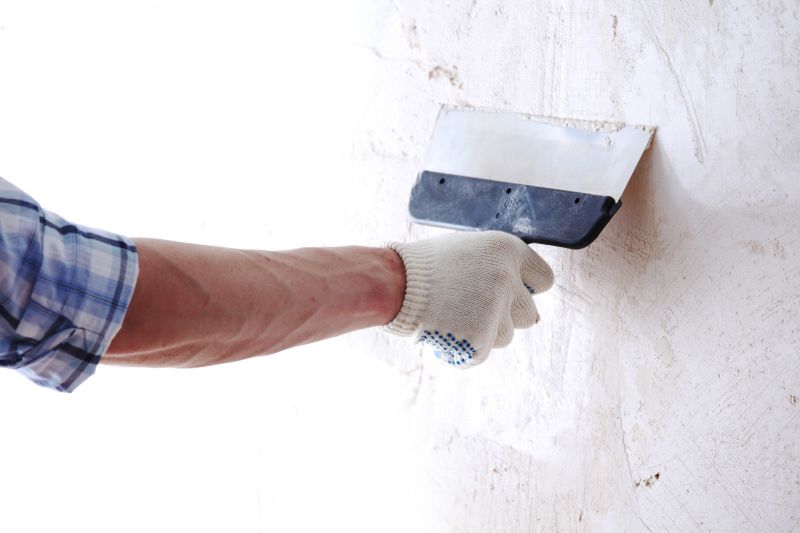
A frequent mistake in Stucco Service and how to dodge it.
| Season | Best Practices |
|---|---|
| Spring | Moderate temperatures and low humidity promote proper curing. |
| Summer | Early morning or late afternoon applications prevent heat stress. |
| Fall | Ideal for repairs before winter weather sets in. |
| Winter | Generally unsuitable due to freezing temperatures. |
Stucco service involves the application of a durable exterior coating that enhances the appearance and protects structures from weather elements. Proper timing ensures that the stucco adheres correctly and cures evenly, minimizing the risk of cracks and other defects. The process includes surface preparation, applying multiple coats, and allowing adequate drying periods, all influenced by seasonal conditions.
Statistics indicate that improper timing can lead to increased repair costs and reduced longevity of stucco installations. For example, applying stucco in unsuitable weather conditions can result in up to 30% higher crack rates and moisture infiltration issues, which may compromise the structural integrity over time.
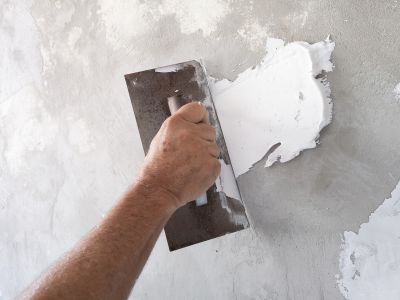
Small tweaks to make Stucco Service safer and easier to use.
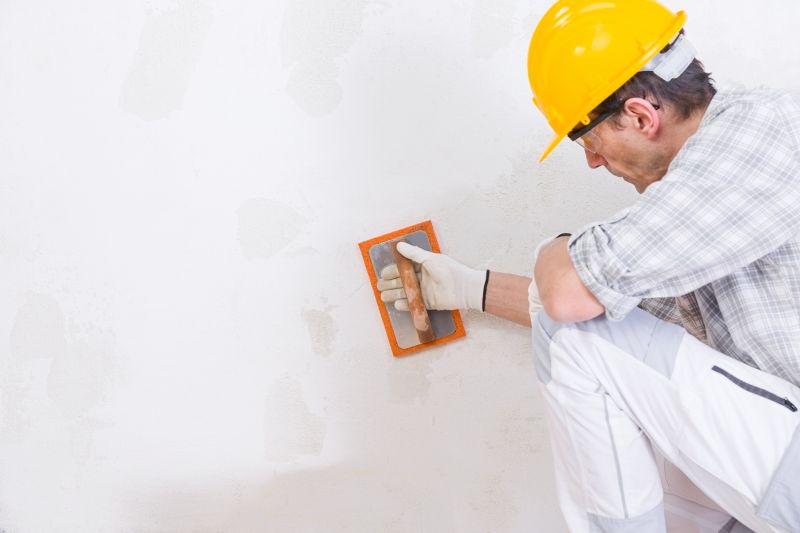
Lower-waste or water-saving choices for Stucco Service.
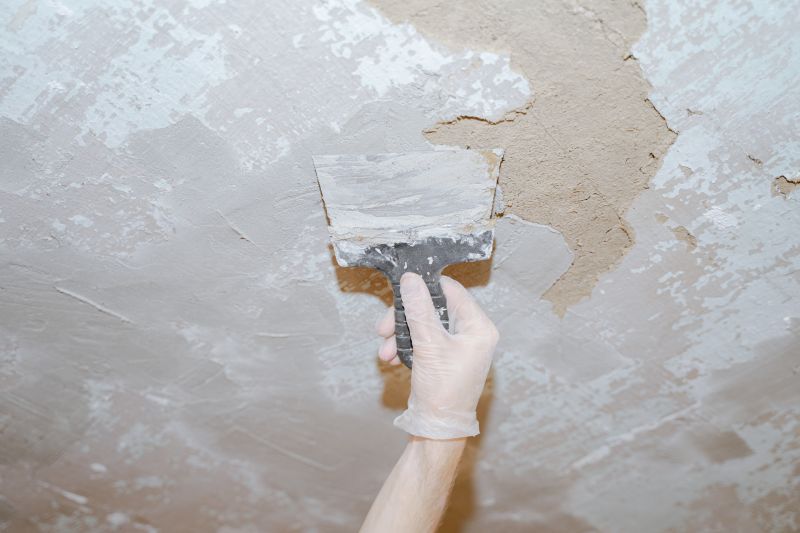
The short, realistic tool list for quality Stucco Service.
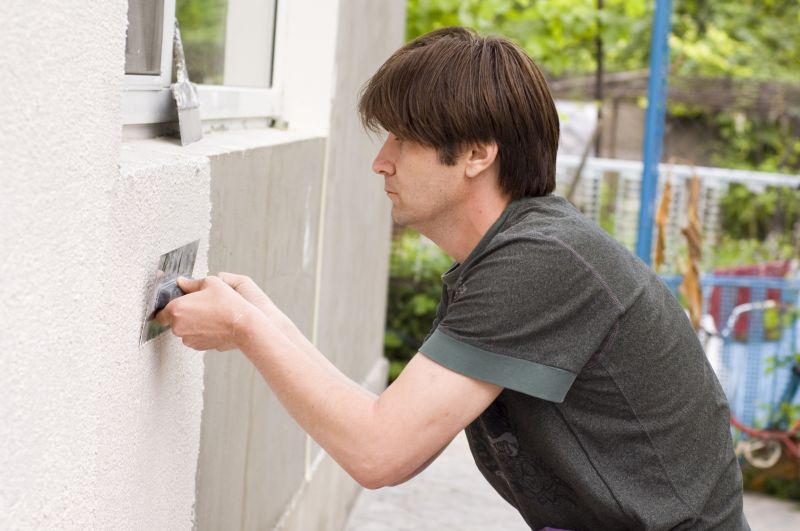
Rough timing from prep to clean-up for Stucco Service.
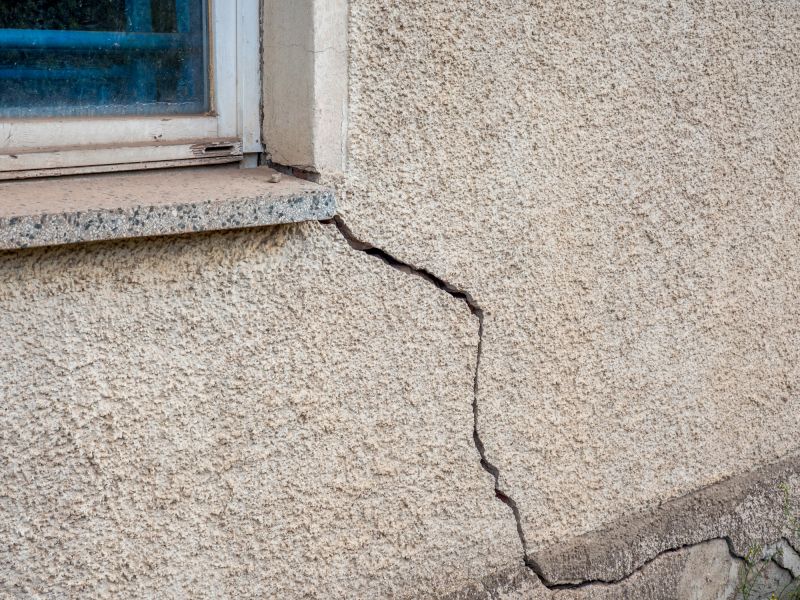
Quick checks and paperwork to keep after Stucco Service.
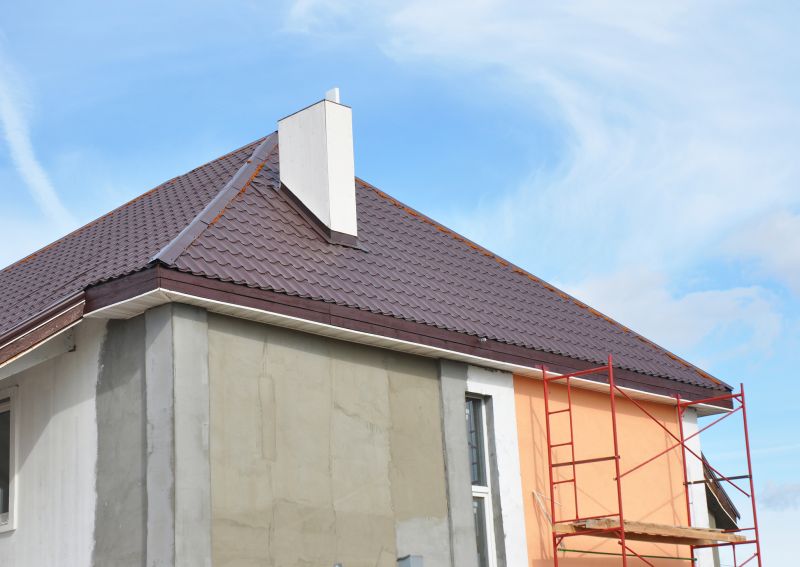
Examples that show the impact a good Stucco Service can make.

Ways to make Stucco Service work in tight or awkward layouts.
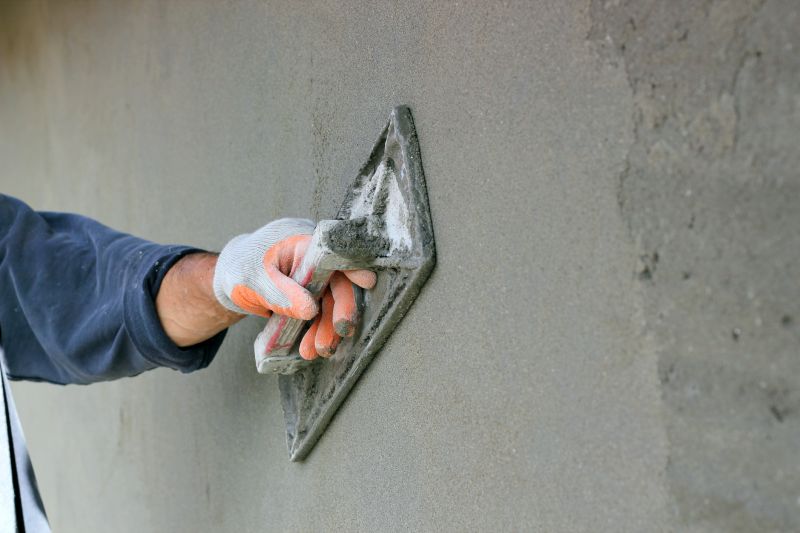
Ways to make Stucco Service work in tight or awkward layouts.
Interested parties are encouraged to contact for more information or to schedule a consultation. Proper timing and application techniques can significantly extend the lifespan and appearance of stucco exteriors.
